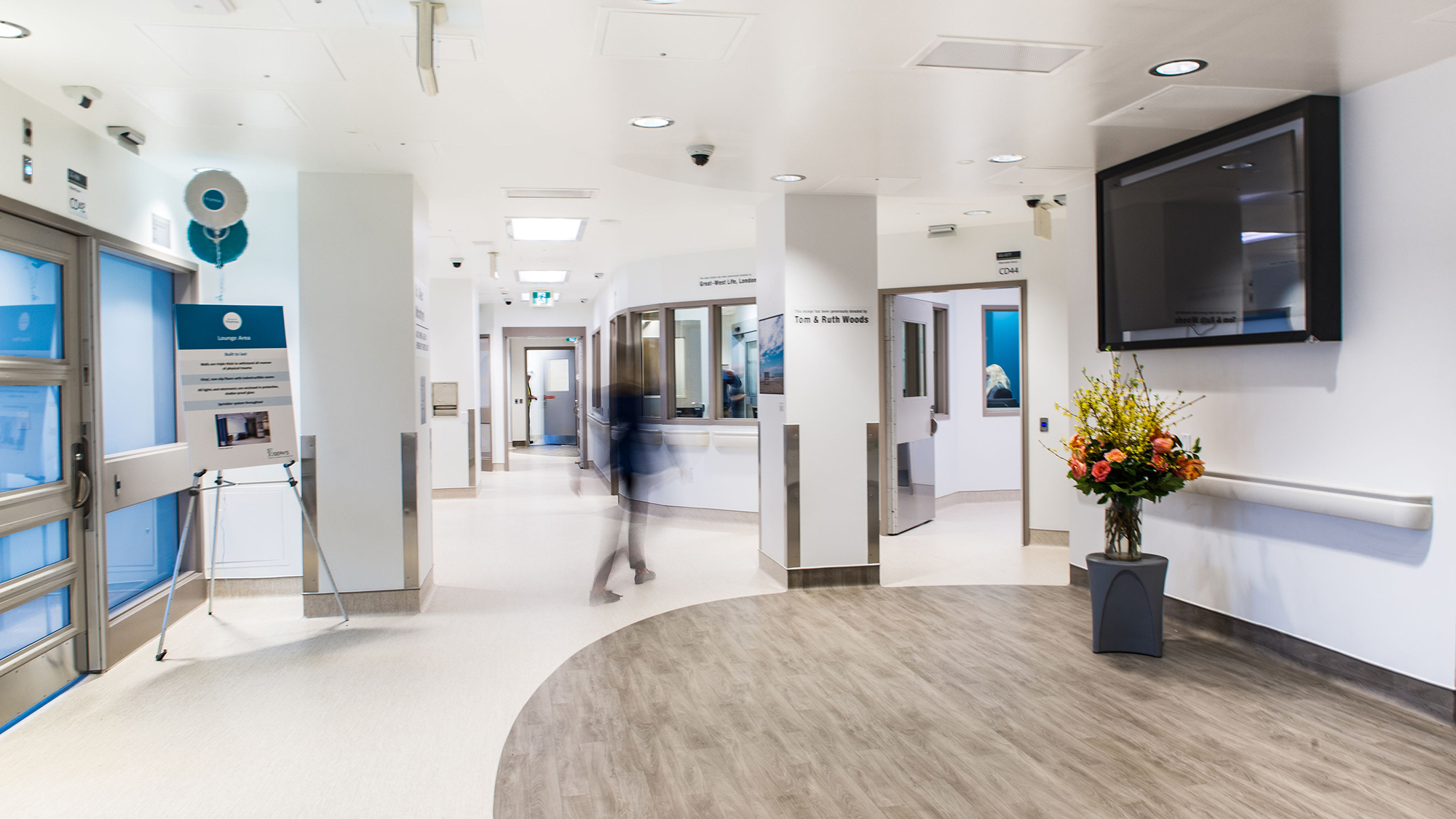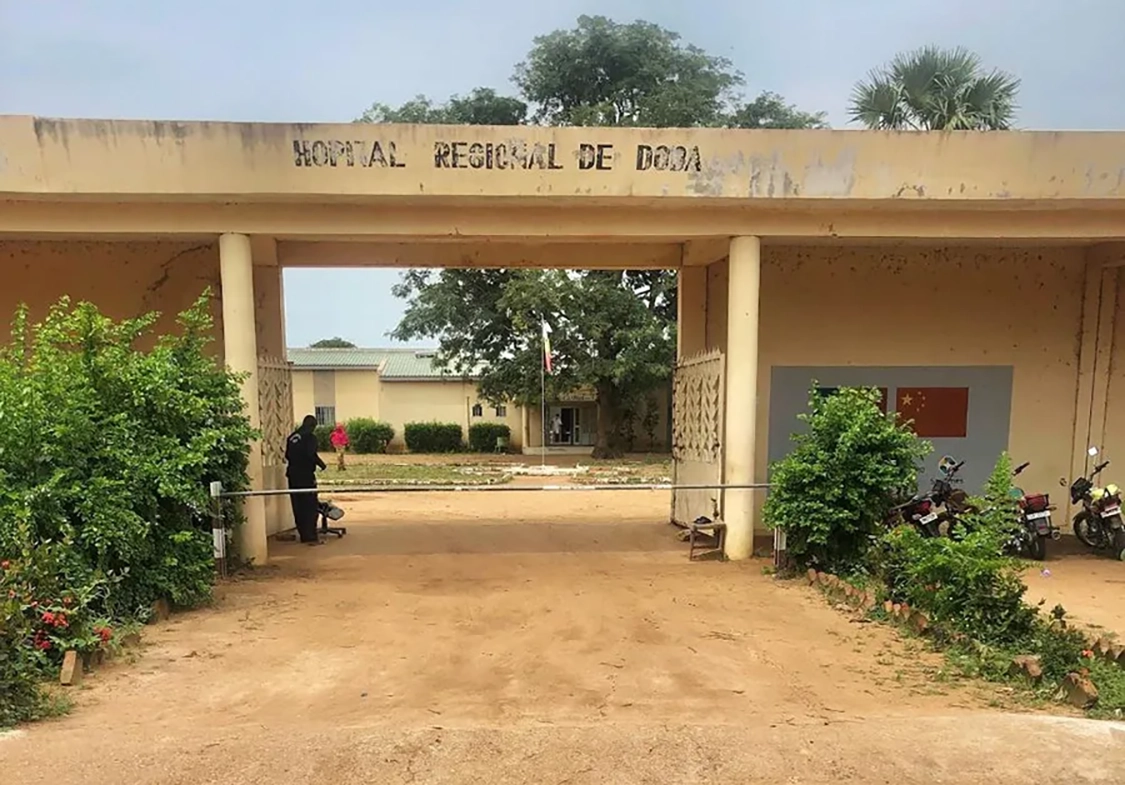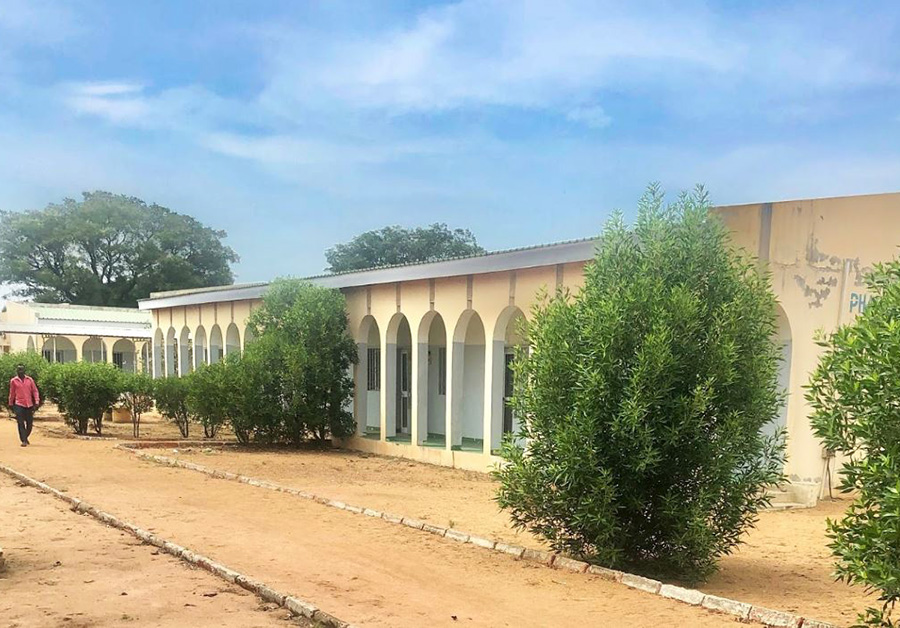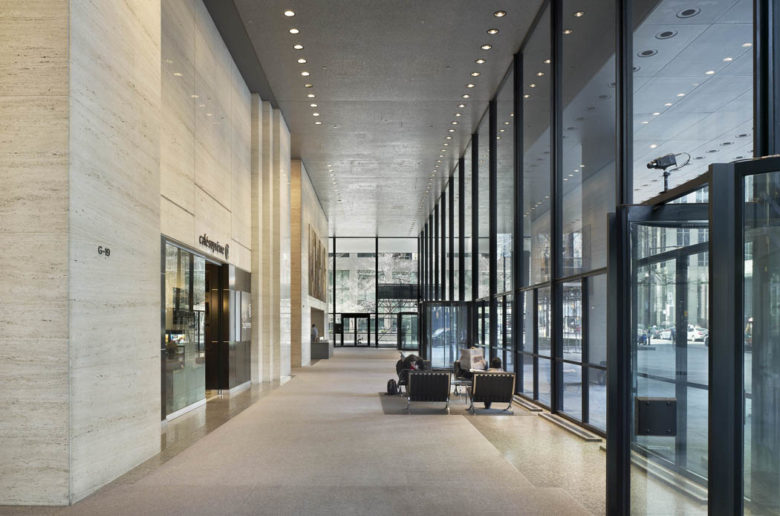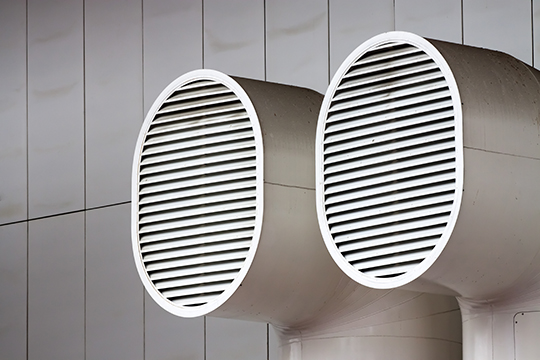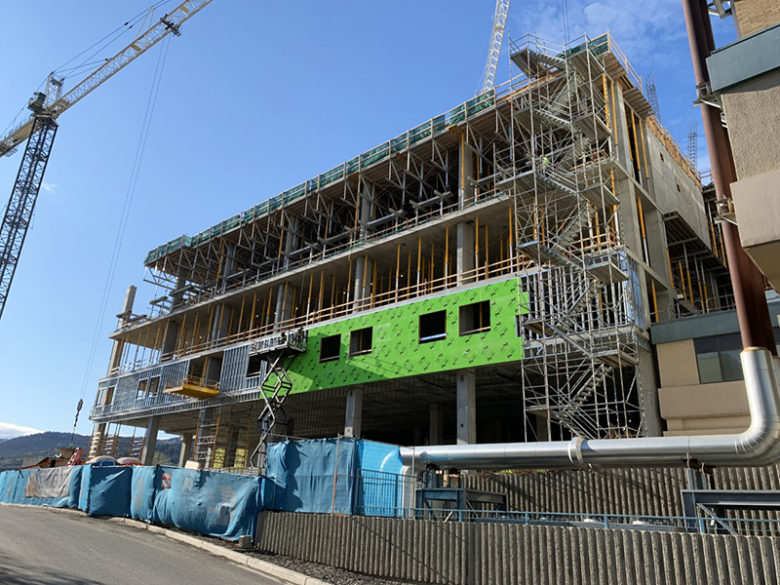What are some of the things that you like about HH Angus, aside from work?
It does not apply so much here in Kamloops, but before I transferred out here, I would say the extracurricular activities that go on throughout the company. Whether it is the Friday afternoon hockey games, softball or volleyball … I love that. I looked forward to those days every single week. It really helped me grow friendships within the company, and it just makes showing up to work that much better when you can ask someone if they are excited for the game later, or chat about upcoming events and how it went last week, or go out and enjoy a beer afterwards. I really, really enjoy that.
What’s the best thing that you’ve learned on the job?
Perseverance. We’d all like to paint our job as some walk through the park with rainbows, but we can find ourselves in difficult situations that require hard work and critical thinking to get to a solution. I find perseverance leads to success in the end - learning to push through those tough times.
What is your proudest moment here?
The proudest moment I’ve had so far happened when I had been at HH Angus only a few months. I was working on generator report for a client, and it had been weeks and weeks of research, report writing, formatting, and implementing client feedback. The proudest moment was at the end, after I had poured hundreds of hours into this deliverable. We got the feedback from the client on the final report and it was glowing. They were so appreciative of all our work, they loved the content, and they were happy with the depth of detail. We received high praise. Meanwhile, I was still at an entry-level role in the company. To have received such high praise directly from the client and knowing the hard work I had put into this report, that definitely was a very proud moment and I felt really good about it.
Tell us about an experience when a senior staff helped you, maybe early on in your career.
When I started working with my manager in Tech, he was always sharing wisdom with me, whether simple design tips or how to succeed in our role as engineers, things to look out for, and also life advice. When I told him about this current opportunity in Kamloops, he told me to jump all over it, that it would be a great experience for me. Having someone who is able to share their knowledge and experience with you has been really great, and it definitely molded me into the person that I am today with the firm. Numerous times, just having good advice passed down has helped me and led to my success.
When you are out with friends who don’t work in the industry, what’s the first thing that comes to mind when you start describing the company?
We design electrical and mechanical systems for various buildings, from data centers to healthcare facilities and more. But, it’s not just the work. I also describe it as this fun-loving place where it feels like everyone is just hanging out together. You are surrounded by good company and you enjoy spending the day with your work friends; a lot of people get jealous when they hear that. All the extracurriculars that we do and all the fun that I have participating in them – everyone has a hard time believing that I leave work at noon on Fridays to go play hockey for an hour and the day is done after that. Just one of the many benefits of our flex-time policy!
